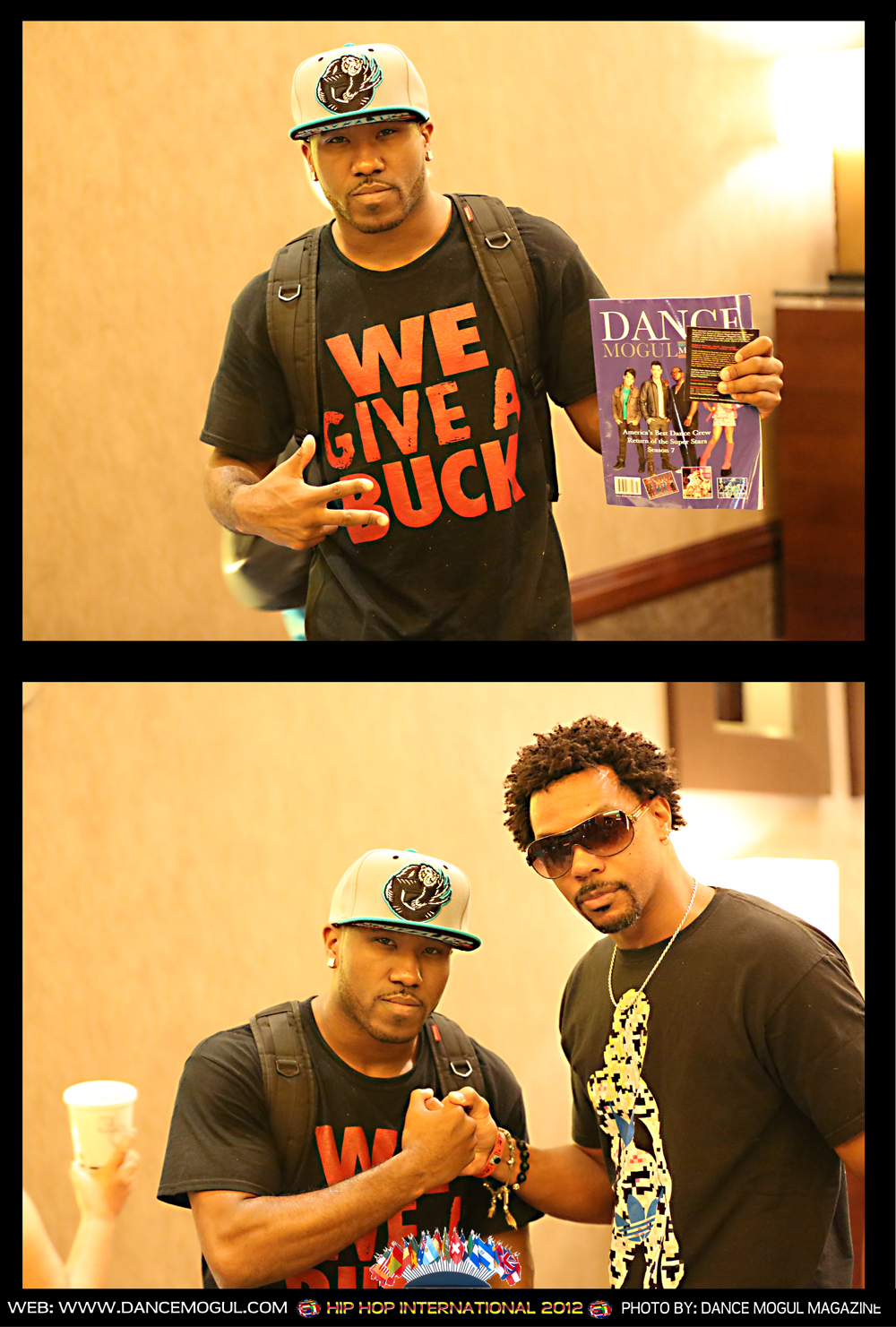

It is a real battle of wits and wills as you attempt to out-maneuver your partner with subtle adjustments of height, pace and movement.Īgain, focus on movement right from the start. This game became a standard and, sometimes, one game would last close to an hour with rallies in excess of fifty shots very common. When we didn’t have a tournament game on a given day, we would practice twice a day for two or more hours at a time. Many years ago when I played on the tour, I was fortunate enough to travel with some great players. This game/drill is one of my personal favorites. The words in parentheses are my suggestions as to what you should ideally be trying to do. To do this, focus on your movement and vary the pace of your shots.Ĭross-court (lob), straight drive (volley), boast (volley-boast) Your main objective is to try and out-maneuver your opponent while, at the same time, maintaining your position. Drives must land in the channel and over the short line (or you can use a ‘half-channel’ if you are playing tight) and boasts in the opposite front corner. If your partner wins the rally, they serve on the left. You start on the right and always serve on the right. Start the rally by using the first drive as the ‘serve’. Once you have this going reasonably well as a drill, try it as a game. Working with a partner, follow the pattern of: drive (player A) drive (player B) boast (player A), drive (player B) drive (player A) boast (player B). Force yourself to keep thinking before you try and hit each ball.

And make sure you don’t just do this for your first shot. Think about moving into position to cover your partner’s next shot as part and parcel of executing your own shot. Once you can do this drill consistently (25 shots or more each side) you are ready to make a progression to more complex drills and games.īefore you start, tell yourself that this is going to be a movement drill and not a shot practice-so that you stimulate the myriad muscle fibres in your legs to be ready for dynamic movement before you hit each shot. I have mentioned previously the simple solo drill: ‘boast/cross-court’. This we do by using conditioned games and practices that are relevant to the specific goals we have in mind. It is, therefore, necessary to practice in order to progressively transfer the ‘manual’ implementation of the conscious mind to the ‘automatic’ behaviors and implementation of the subconscious mind. Sadly, as compared with our subconscious or automatic mind, our conscious mind is rather feeble and not good at instantly assessing appropriate thoughts and consequent actions.
#Tight magazine 2012 how to#
We ‘see’ the world and new ideas in particular with our conscious minds and must use the conscious mind to interpret the ideas and how to implement them. We then gradually add one or two more variables and practice that until we achieve automation. In all developmental aspects, we seek to produce progressions that allow the players/ students to master a concept without over complication.
#Tight magazine 2012 driver#
This ‘thinking ahead’ business is a great driver of the design of conditioned practices and games. This requires movement that achieves your objective of ‘being in position’, long enough before your opponent strikes their next shot to be able to prepare yourself to move to recover and redirect it.

But the essential principal of the game is to think ahead of your actions and to make sure that you position yourself in a location where you are ready to cover any of your opponent’s possible options. In recent articles I have been trying to emphasize ‘Movement’ over ‘Shots.’ This is not to say that shots aren’t important-they are extremely important. And what you practice will determine how much you improve. Practice is of course one of the keys to improvement. By Richard Millman, Owner-The Squash Doctor Corporation


 0 kommentar(er)
0 kommentar(er)
